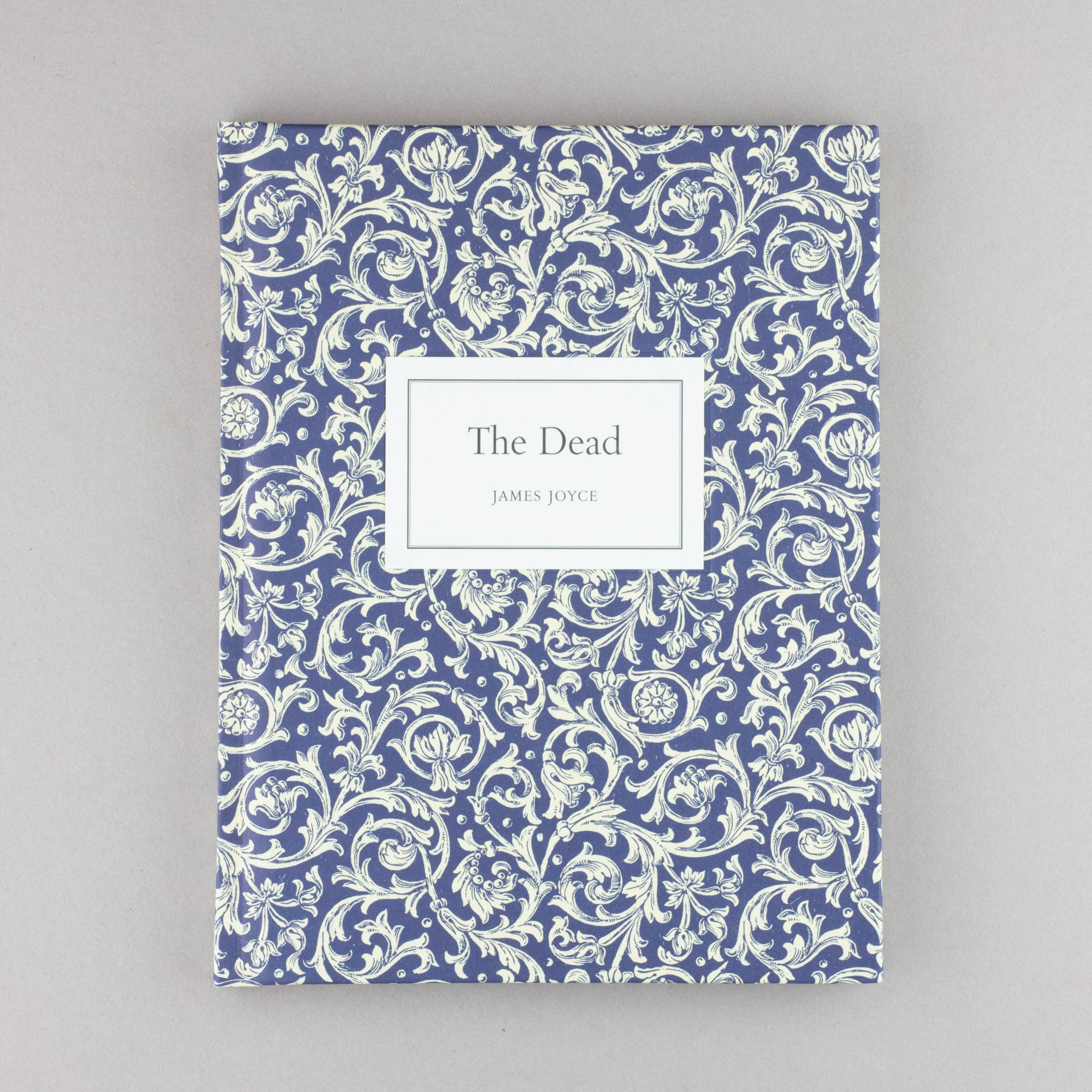

Discussing the stories in letters, Joyce wrote that "My intention was to write a chapter of the moral history of my country and I chose Dublin for the scene because that city seemed to me the centre of paralysis."įor Joyce, "paralysis" represents a moral failure resulting in the inability to live meaningfully. He wrote them in Dublin, Zurich, Pola, Rome and Trieste between 19, but publishers' concerns about their content meant Dubliners didn't appear until 1914. Deeper within this superstructure subtler patterns occur concealed associations that might or might not be detected by the reader: Joyce's signposting is subtle, often to the point of obscurity. Secondly, they are ordered so that the book charts life "under", as Joyce explained, "four of its aspects: childhood, adolescence, maturity and public life." From this grounding, a range of experience is explored: love, marriage, employment, politics, religion and death. Most obviously, all 15 stories take place in Dublin.

Their themes, concerns and meanings overlap and reverberate. Its 15 stories function perfectly well in isolation, but reading each as part of a whole creates unique effects. Between them their innovations – informed most discernibly, in Joyce's case, by Ibsen, French symbolist poetry and the Irishman George Moore – have influenced nigh-on every short story writer of the last 100 years.ĭubliners, a work of what Terence Brown has called "embryonic modernism", pushed the short story collection into new areas. His influence on the form is as great as that of his near-contemporary Anton Chekhov. James Joyce wrote just one collection of short stories, but it ranks among the finest in world literature.


 0 kommentar(er)
0 kommentar(er)
